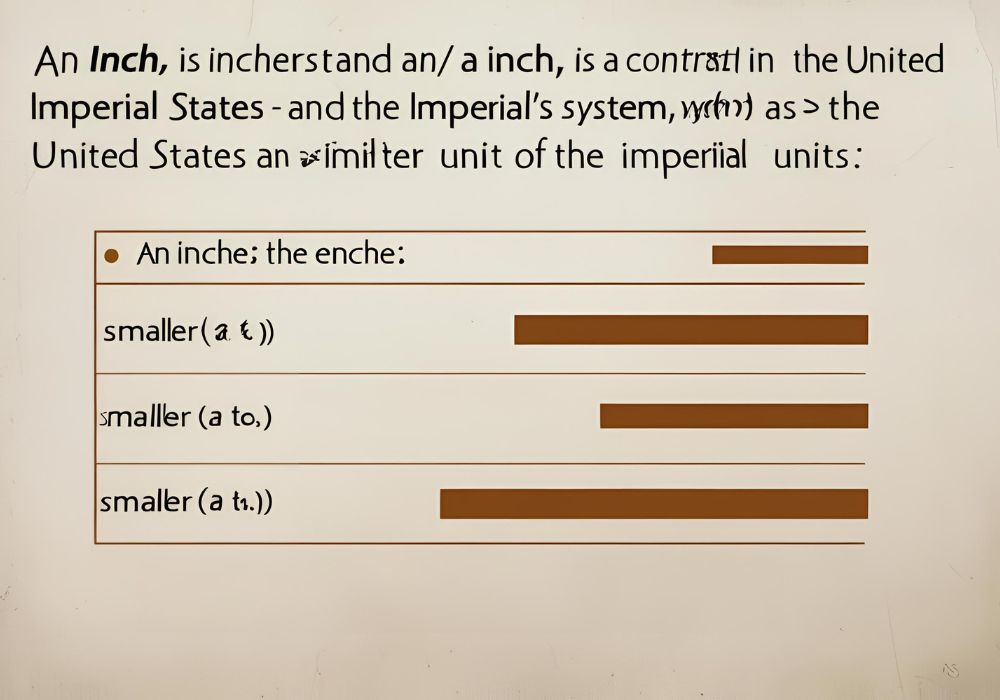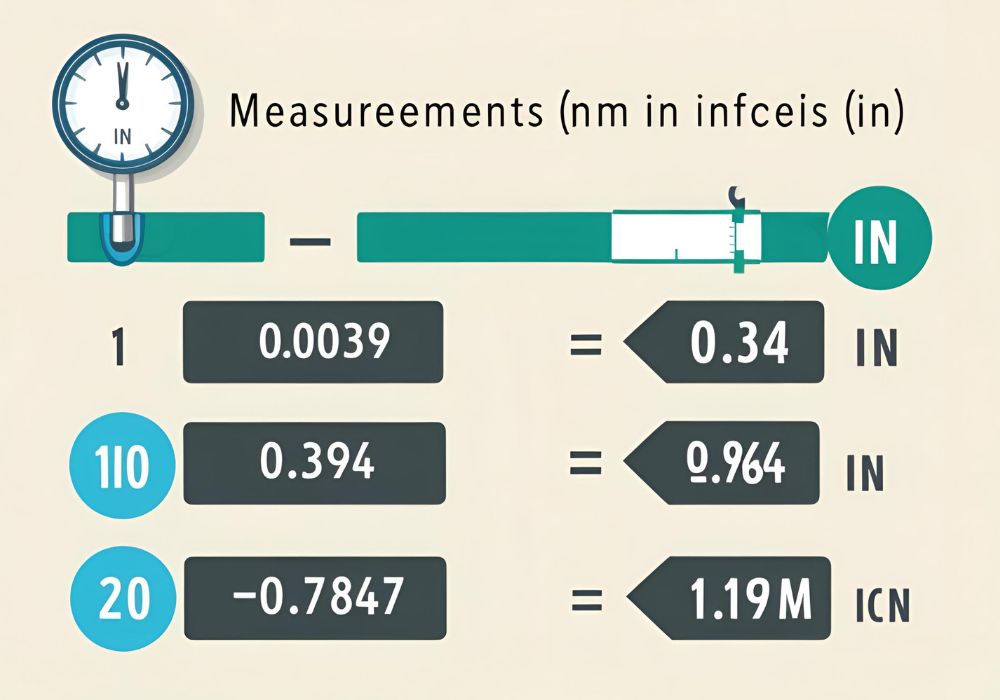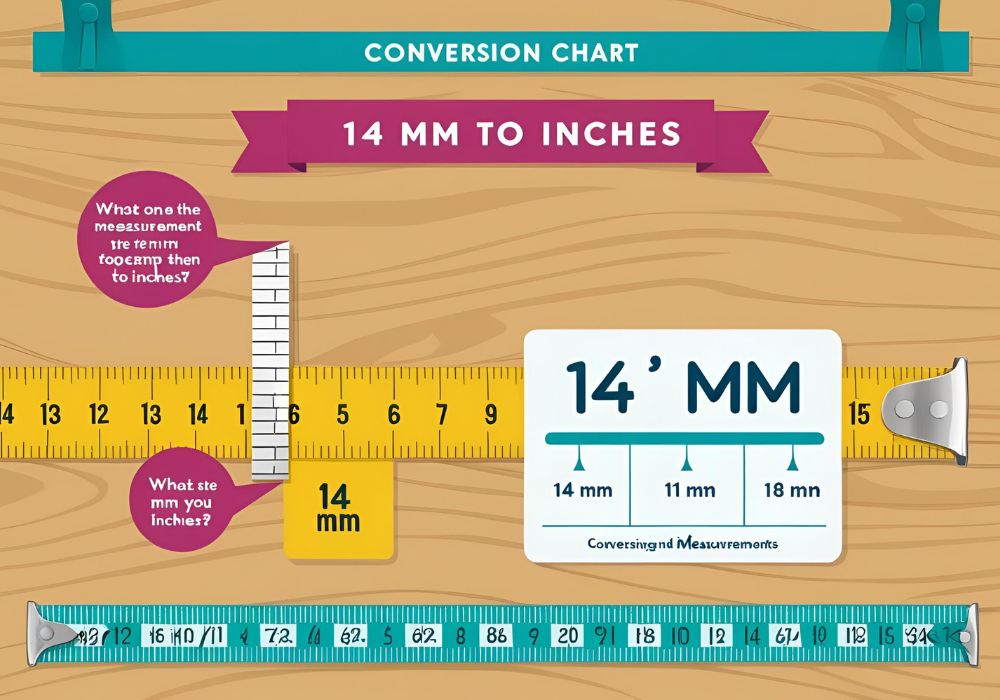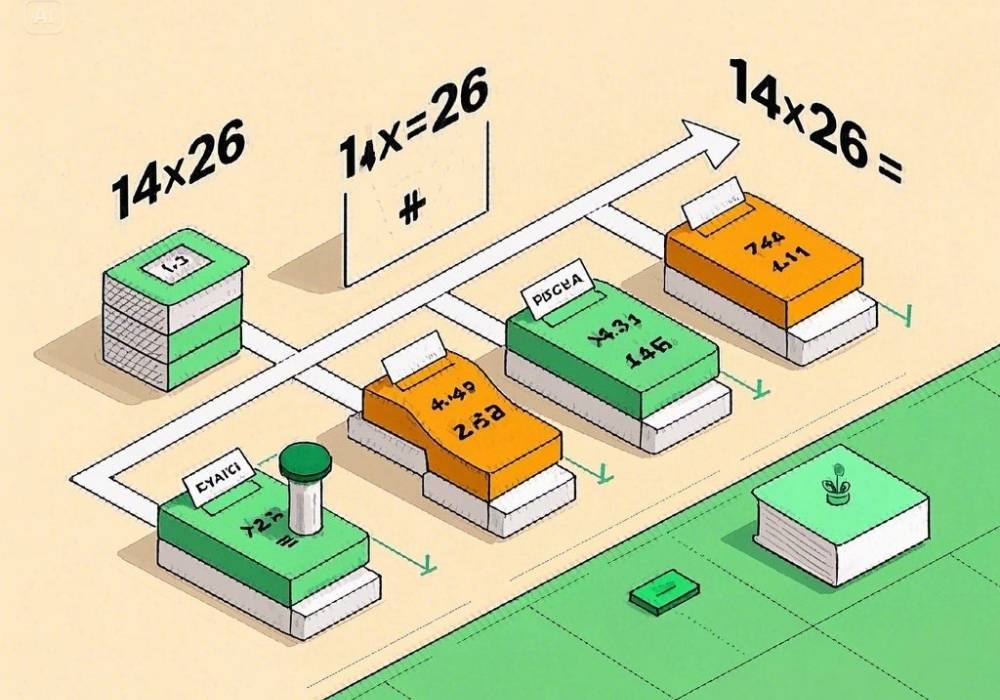Converting measurements between millimeters (mm) and inches can feel daunting at first, but it’s a skill that comes in handy for students, engineers, and DIY enthusiasts. Whether working on a math assignment, designing intricate machinery, or tackling a home improvement project, understanding metric-to-imperial conversions allows you to work with precision across different measurement systems.
This post will answer the common question, “How many inches is 14 mm?” We’ll also explore the basics of conversion, tools you can use, and real-world examples to make your calculations even more straightforward. By the end, you’ll feel confident in converting measurements whenever needed!
What is a Millimeter? What is an Inch?
Before we start converting, let’s take a moment to define millimeters and inches.
Understanding Millimeters (mm)
A millimeter is a unit of length in the metric system, and it’s one of the most common measurements for small distances. Here’s how it relates to some other metric units of length:
- 1 millimeter = 0.1 centimeters (cm)
- 1 millimeter = 0.001 meters (m)
Millimeters are frequently used in fields like engineering, medicine, and manufacturing, where precision is key.
Understanding Inches

An inch, by contrast, is a unit of length in the imperial system, which is predominantly used in the United States and a few other countries. Here’s how an inch relates to smaller or larger imperial units:
- 1 inch = 2.54 centimeters (exactly)
- 1 inch = 25.4 millimeters
Because inches are less granular than millimeters, they’re often favored for broader measurements like furniture dimensions or everyday DIY projects.
The Conversion Formula
To convert millimeters to inches, you can use this simple formula:
Number of millimeters ÷ 25.4 = Number of inches
Why divide by 25.4? This is the standard conversion factor because there are exactly 25.4 millimeters in an inch.
For the specific question, “How many inches is 14 mm?”
- Take 14 mm.
- Divide by 25.4.
Calculation:
14 ÷ 25.4 = 0.551181 inches
Therefore, 14 mm is approximately 0.55 inches when rounded to two decimal places.
Quick Reference Table for Common Conversions
If you’re tackling similar tasks and want instant answers, here’s a quick reference table for converting millimeters to inches:

Millimeters (mm)
Inches (in)
1 mm 0.039 inches
10 mm 0.394 inches
14 mm 0.551 inches
20 mm 0.787 inches
50 mm 1.969 inches
Tools to Simplify Conversions
Manually dividing by 25.4 may not always be practical, especially if you’re making frequent conversions. Here are some tools and methods to make the process faster:
1. Online Conversion Calculators
Websites like UnitConverters.net or Omni Calculator allow you to input “14 mm” and instantly convert to inches.
2. Smartphone Conversion Apps
Apps like “Convert Units” (available on Android and iOS) are excellent for quick conversions.
3. Rulers or Calipers
Physical tools such as dual-unit rulers or digital calipers display metric (mm) and imperial (inches) readings, making conversions effortless.
4. Mental Estimation
While mental math won’t give you an exact number, 25 mm equals 1 inch. For small measurements like 14 mm, estimate it as a little over half an inch.
Why Does Millimeter to Inch Conversion Matter?
Understanding how to convert millimeters to inches becomes crucial in various fields. Here’s how it applies to different practical scenarios within our audience groups.
For Students
If you’re studying geometry, physics, or engineering, you’ll often encounter problems requiring metric-to-imperial conversions. Knowing the conversion factor helps solve equations quickly and accurately.
For instance, many standardized tests or lab projects might provide materials in one system (e.g., inches) while expecting results in another (e.g., millimeters).
For Engineers
Engineers often work on international projects where design specifications or component measurements are shared in both metric and imperial units. Imagine you’re tasked with designing machine parts for a global company; converting 14 mm to inches might be essential to ensure the parts fit perfectly.
For DIY Enthusiasts
Imagine buying a European-designed piece of furniture that is 14 mm thick but needs to match it with parts measured in inches. By knowing that 14 mm is 0.55 inches, you can confidently select the right tools, screws, or materials.
Real-World Example
Let’s say you’re building a custom shelf and want to mount exactly 14 mm thick brackets. However, your guide only specifies measurements in inches. By converting 14 mm into 0.55 inches, you’ll know how much clearance to leave for screws or additional attachments without any guesswork.
P Tip: If precision is crucial (as in engineering), consistently round to at least three decimal places or use exact tools like calipers.
What to Do If You’re Working Backwards?
Need to convert inches back into millimeters? Flip the formula around by multiplying instead of dividing!
Number of inches × 25.4 = Number of millimeters
For example, if you have 0.55 inches, that translates back into 14 mm exactly (0.55 × 25.4 = 14).
Master Conversion with Ease
Now you know that 14 mm equals roughly 0.55 inches. Whether you’re a student solving problems, an engineer designing machinery, or a DIY enthusiast fitting parts, your conversions got much more straightforward.
No more struggling with measurements or second-guessing your math! And remember, quick conversions are always at your fingertips with modern tools like apps, calculators, and dual-unit rulers.











